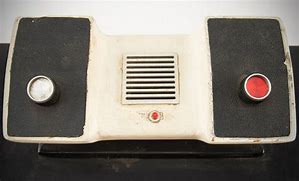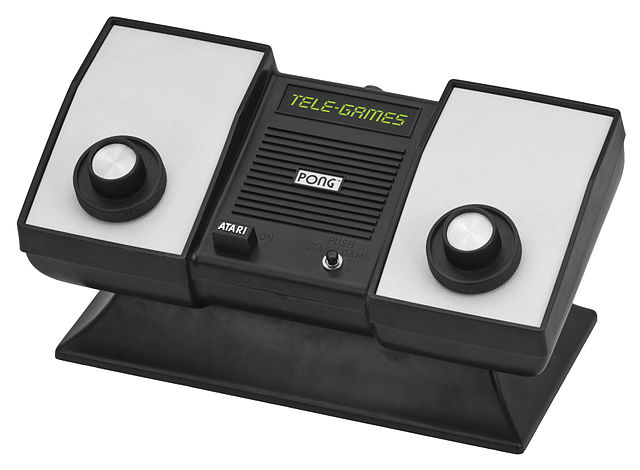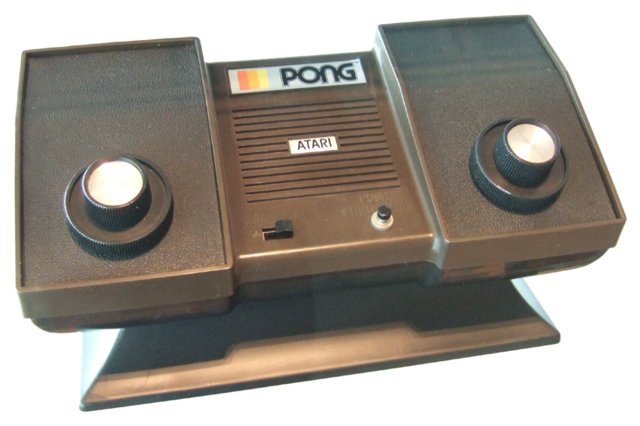The massive success of the arcade version of Pong led Atari founder and CEO Nolan Bushnell to push his employees to create
products. A while after its release, a new chip called a large-scale integration (LSI) was made available. That opened up
opportunities which would "allow pioneering in new" game concepts. So in 1974, Atari engineer Harold Lee started work on a home
version of Pong, codenamed Darlene after another employee. Al Alcorn worked on the logic during the daytime while Harold Lee
debugged it at night.

A finished prototype unit was built out of wood and many wires following the design approval. The final design would be
compounded into a small (and initially expensive) LSI chip.
After Bushnell was rejected by toy and electronic stores, believing consumers would be put off by Home Pong's price, he and
Atari hit up Sears to sell their consoles. Sears representative Tom Quinn was stoked and offered a deal, which Atari declined at
first, assuming they may find a better deal. In January 1975, they went to the American Toy Fair to show off their new console.
Sure enough, no one was interested. There, they ran into Tom Quinn again and the team arranged a meeting for a demonstration of
the home Pong prototype and potential sales order in Chicago. The team traveled to Sears Tower in Chicago to demonstrate the
prototype where it was also approved. Bushnell initially proposed a 75,000-unit quota to be fulfilled by Christmas, but Quinn
countered with a 150,000-unit quota. While Bushnell reluctantly agreed, Atari HQ wasn't large enough to manufacture that many.
After receiving funds from a venture capitalist, Atari bought a larger factory.

With the new factory, Sears' order was fulfilled, releasing the first version of Home Pong under their branding as the
"Tele-Games" in October 1975.
Sears' version sold 150,000 units through the holidays season in 1975. In the following years, many other manufacturers released
their own versions of Pong under various brandnames, including some playing/trading card company called Nintendo's aptly-named
"Color TV-Game" series in Japan. These other versions would have certain variations and modes of Pong, or other games entirely
like driving and gun-shooting simulators.

It wouldn't be until some time in 1976 that Atari released their official version of the console. This sold another 50,000
units.



